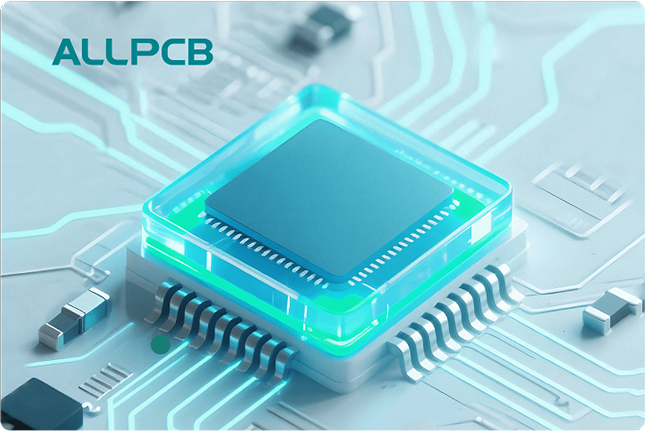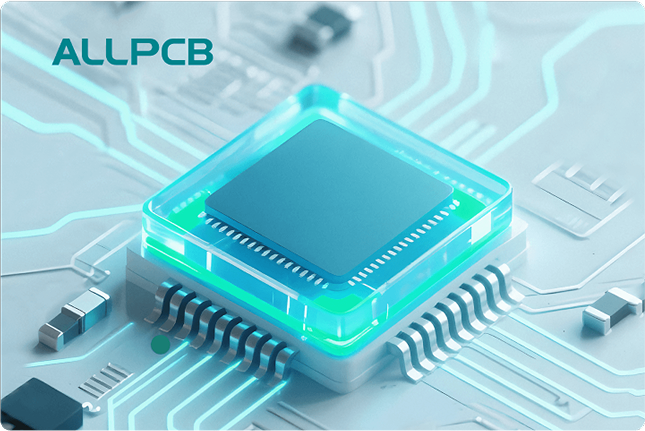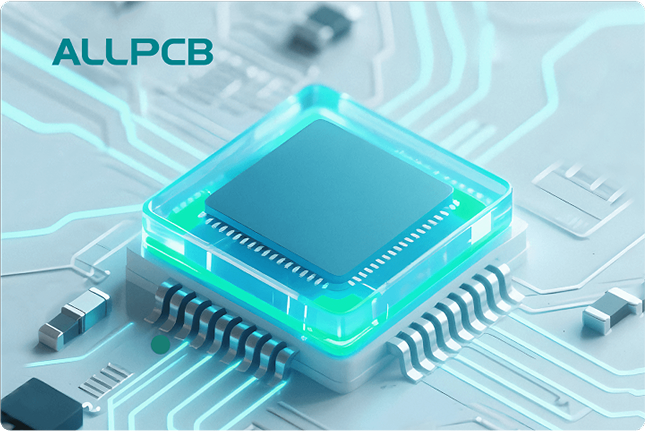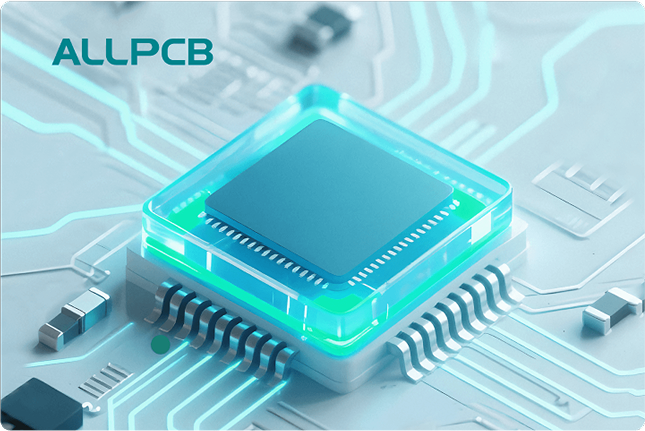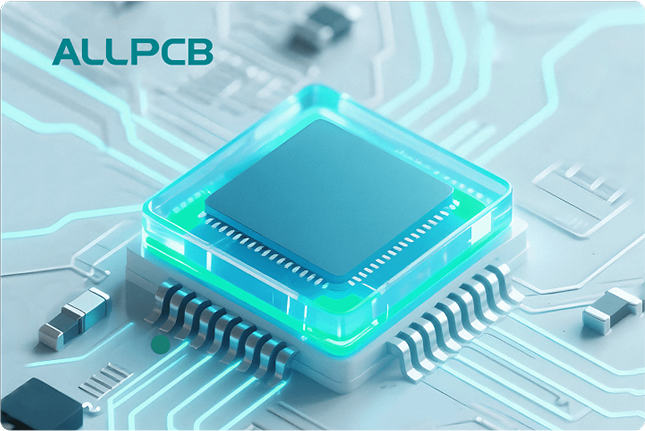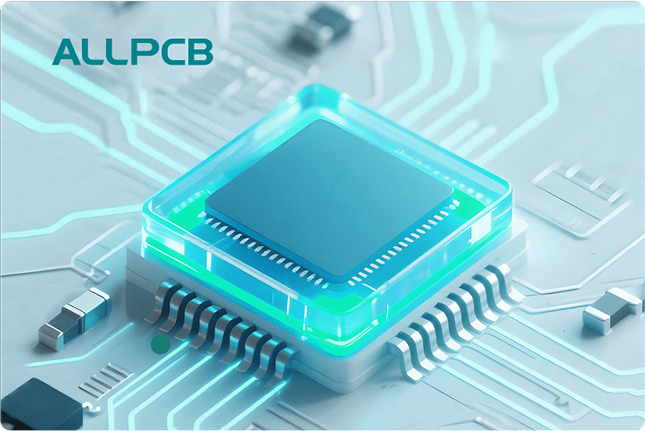If you're new to working with printed circuit boards (PCBs) and wondering how to select the right adhesive for your project, you're in the right place. PCB adhesives are essential for securing components, providing insulation, and ensuring long-term reliability. In this guide, we'll cover everything you need to know about types of PCB adhesives explained, how to choose PCB adhesive, PCB adhesive uses, best PCB adhesives for hobbyists, and where to buy PCB adhesives. Whether you're a hobbyist or just starting out in electronics, this comprehensive resource will help you make informed decisions for your PCB projects.
Why PCB Adhesives Matter for Your Projects
PCB adhesives play a critical role in the assembly and performance of electronic devices. They hold components in place, protect against environmental factors like moisture and heat, and even help manage thermal dissipation. Without the right adhesive, components can loosen over time, leading to failures or reduced performance. For beginners, understanding the purpose of adhesives is the first step to building reliable circuits. Let’s dive into the details to help you navigate this essential aspect of PCB design and assembly.
What Are PCB Adhesives and Their Key Uses?
PCB adhesives are specialized glues or bonding materials designed for use in electronics. They are formulated to withstand the unique challenges of PCB environments, such as high temperatures, electrical conductivity concerns, and mechanical stress. These adhesives are used in various stages of PCB manufacturing and assembly. Here are some of the primary PCB adhesive uses:
- Component Bonding: Adhesives secure components like resistors, capacitors, and ICs to the PCB before soldering or as a permanent hold in surface-mount technology (SMT).
- Thermal Management: Some adhesives help transfer heat away from sensitive components, preventing overheating.
- Insulation and Protection: Adhesives can act as insulators, protecting components from moisture, dust, and short circuits.
- Structural Support: In flexible or rigid-flex PCBs, adhesives provide mechanical strength to maintain the board's shape under stress.
Understanding these uses will guide you in selecting an adhesive that matches your project's specific needs. Now, let’s explore the different options available.
Types of PCB Adhesives Explained
There are several types of adhesives used in PCB assembly, each with unique properties suited for specific applications. Below, we break down the most common types of PCB adhesives explained in simple terms to help beginners understand their options.
1. Epoxy Adhesives
Epoxy adhesives are among the most widely used in PCB applications due to their strong bonding and durability. They are typically two-part systems (resin and hardener) that cure to form a rigid bond. Epoxies are excellent for:
- Securing heavy components.
- Providing resistance to chemicals and high temperatures (up to 150°C in many cases).
- Offering long-term reliability in harsh environments.
Note: Epoxy adhesives can take longer to cure (often 24 hours or more), so plan your project timeline accordingly.
2. Silicone Adhesives
Silicone-based adhesives are known for their flexibility and resistance to extreme temperatures (ranging from -40°C to 200°C). They are ideal for:
- Applications requiring vibration dampening.
- Protecting components in high-heat or humid environments.
- Providing electrical insulation.
Silicone adhesives cure faster than epoxies, often within a few hours, but their bonding strength is generally lower.
3. Acrylic Adhesives
Acrylic adhesives are popular for their quick curing times and strong adhesion to a variety of surfaces. They are often used in:
- Surface-mount component bonding during high-speed assembly.
- Applications where UV curing is preferred for faster processing.
- Environments with moderate temperature ranges (up to 120°C).
Acrylics are less resistant to extreme conditions compared to epoxies or silicones but are easier to apply for beginners.
4. Cyanoacrylate Adhesives (Super Glue)
Commonly known as super glue, cyanoacrylate adhesives are fast-bonding and easy to use, making them a go-to for hobbyists. They work well for:
- Quick fixes or temporary holds on small components.
- Low-stress applications where speed is prioritized.
However, they are not ideal for high-temperature or high-vibration environments as they can become brittle over time.
5. Conductive Adhesives
Conductive adhesives are specialized materials that not only bond components but also allow electrical conductivity. They are often used as an alternative to soldering for:
- Attaching components in flexible circuits.
- Repairing traces on a PCB.
- Applications where heat from soldering could damage components.
These adhesives often contain silver or carbon particles to facilitate conductivity but can be more expensive.
How to Choose PCB Adhesive for Your Project
Selecting the right adhesive can feel overwhelming with so many options available. However, by focusing on a few key factors, you can simplify the process of how to choose PCB adhesive. Here’s a step-by-step approach for beginners:
Step 1: Identify Your Project Requirements
Consider the environment and purpose of your PCB. Ask yourself:
- Will the board be exposed to high temperatures or humidity?
- Do I need a strong, permanent bond or a temporary hold?
- Are there specific electrical properties, like conductivity or insulation, I need?
For example, if you're building a device for outdoor use, a silicone adhesive with moisture resistance might be best.
Step 2: Evaluate Component and Material Compatibility
Different adhesives bond better to specific materials. Ensure the adhesive you choose works well with your PCB substrate (like FR4) and the components you're attaching. Most adhesive packaging or datasheets will list compatible materials.
Step 3: Consider Curing Time and Application Method
If you're working on a tight schedule, opt for fast-curing adhesives like acrylics or cyanoacrylates. Also, think about how you'll apply the adhesive—some require mixing, while others come in convenient tubes or syringes for precise application.
Step 4: Assess Temperature and Stress Resistance
Check the operating temperature range of your PCB and match it to the adhesive’s specifications. For instance, if your device operates at 100°C, ensure the adhesive can handle that without degrading. Also, consider mechanical stress—flexible adhesives like silicone are better for vibration-heavy applications.
Step 5: Budget and Availability
Finally, balance performance with cost. High-end conductive adhesives might be overkill for a simple hobby project. Look for options that meet your needs without breaking the bank.
By following these steps, you'll be able to narrow down your choices and pick the perfect adhesive for your PCB project.
Best PCB Adhesives for Hobbyists
For hobbyists, ease of use, affordability, and versatility are key when selecting adhesives. Here are some of the best PCB adhesives for hobbyists that strike a balance between performance and accessibility:
1. General-Purpose Epoxy
A two-part epoxy is a reliable choice for most hobby projects. It provides a strong bond for securing components and can handle moderate heat (up to 120°C–150°C). Many brands offer small kits perfect for one-time use.
2. Silicone Sealant for Electronics
Silicone adhesives are great for hobbyists working on projects exposed to moisture or temperature swings. They’re easy to apply and widely available in hardware stores.
3. Fast-Acting Cyanoacrylate Glue
For quick repairs or small components, a basic super glue works wonders. Look for versions labeled as safe for electronics to avoid damaging sensitive parts.
4. UV-Curing Acrylic Adhesive
If you have access to a UV light, these adhesives cure in seconds and are ideal for precision work. They’re slightly more expensive but perfect for small-scale hobby projects.
Where to Buy PCB Adhesives
Finding the right adhesive is only half the battle—knowing where to buy PCB adhesives is just as important. Here are some reliable options for beginners and hobbyists:
- Online Retailers: Major e-commerce platforms offer a wide range of PCB adhesives, from general-purpose epoxies to specialized conductive glues. Look for sellers with detailed product descriptions and customer reviews to ensure quality.
- Electronics Supply Stores: Local or online stores specializing in electronics often carry adhesives tailored for PCB use. These shops can also provide advice on application techniques.
- Hardware Stores: For basic epoxies and silicones, your nearby hardware store is a convenient option. Check the product labels to confirm suitability for electronics.
- Specialty Manufacturers: Some adhesive manufacturers sell directly through their websites, offering detailed technical data and bulk discounts for larger projects.
Always compare prices and check shipping times, especially if you're ordering online. For hobbyists, small quantities are usually sufficient, so avoid over-purchasing.
Tips for Applying PCB Adhesives Effectively
Even the best adhesive won’t work if applied incorrectly. Here are some practical tips to ensure success:
- Clean the Surface: Before applying adhesive, clean the PCB and components with isopropyl alcohol to remove dust, grease, or residue. A clean surface ensures a stronger bond.
- Use the Right Amount: Apply adhesive sparingly to avoid excess glue seeping into unwanted areas. Use a syringe or fine-tip applicator for precision.
- Follow Curing Instructions: Adhere to the manufacturer’s guidelines for curing time and conditions. Some adhesives require heat or UV light to set properly.
- Work in a Ventilated Area: Many adhesives release fumes during application or curing. Ensure proper ventilation to avoid inhaling harmful vapors.
- Test First: If possible, test the adhesive on a scrap piece of material to confirm compatibility and bond strength before applying it to your PCB.
Common Mistakes to Avoid When Using PCB Adhesives
As a beginner, it’s easy to make mistakes that can compromise your project. Here are some pitfalls to watch out for:
- Choosing the Wrong Adhesive: Using an adhesive not suited for your environment (e.g., a low-temperature glue in a high-heat application) can lead to failure.
- Overloading Adhesive: Applying too much glue can cause short circuits or interfere with component placement.
- Ignoring Safety Precautions: Skipping protective gear or working in a confined space can expose you to harmful fumes or skin irritants.
- Rushing the Process: Not allowing enough curing time can weaken the bond, leading to components detaching over time.
By being mindful of these issues, you can achieve better results and avoid costly rework.
Conclusion: Start Your PCB Journey with the Right Adhesive
Choosing the right PCB adhesive doesn’t have to be complicated. By understanding the types of PCB adhesives explained in this guide, following the steps on how to choose PCB adhesive, and knowing the various PCB adhesive uses, you’re well-equipped to tackle your projects with confidence. For hobbyists, sticking to the best PCB adhesives for hobbyists ensures ease of use without sacrificing quality. And with plenty of options on where to buy PCB adhesives, you can find the perfect product for your needs.
At ALLPCB, we’re committed to supporting your journey in electronics, from design to assembly. Use this guide as your starting point, and don’t hesitate to experiment with different adhesives to discover what works best for your unique projects. With the right tools and knowledge, you’ll build reliable, high-performing PCBs in no time.
 ALLPCB
ALLPCB


